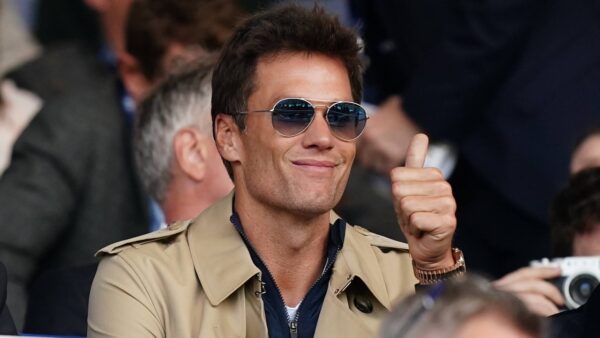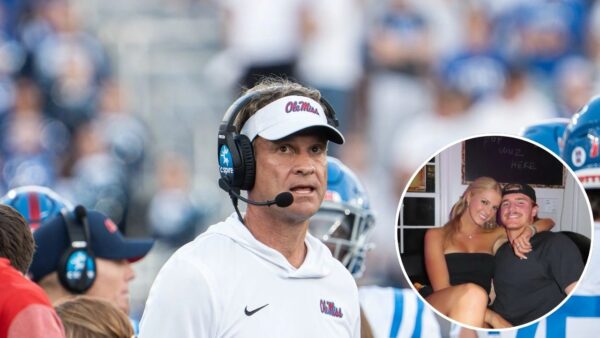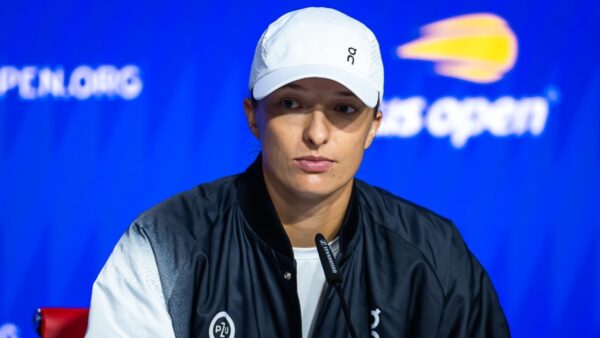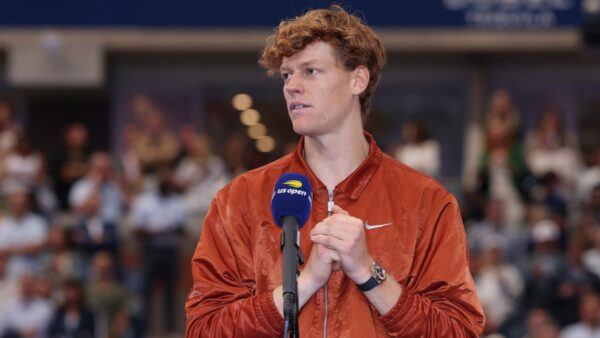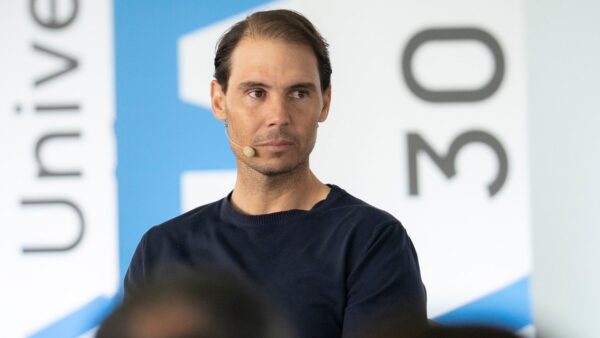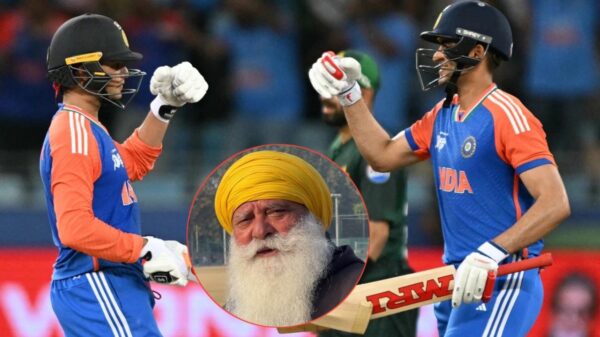Startling viewership difference between NFL Draft and NBA Finals paints a unique picture
The NBA Finals 2024 had very lesser peak average viewership than just the day one of the 2025 NFL Draft.
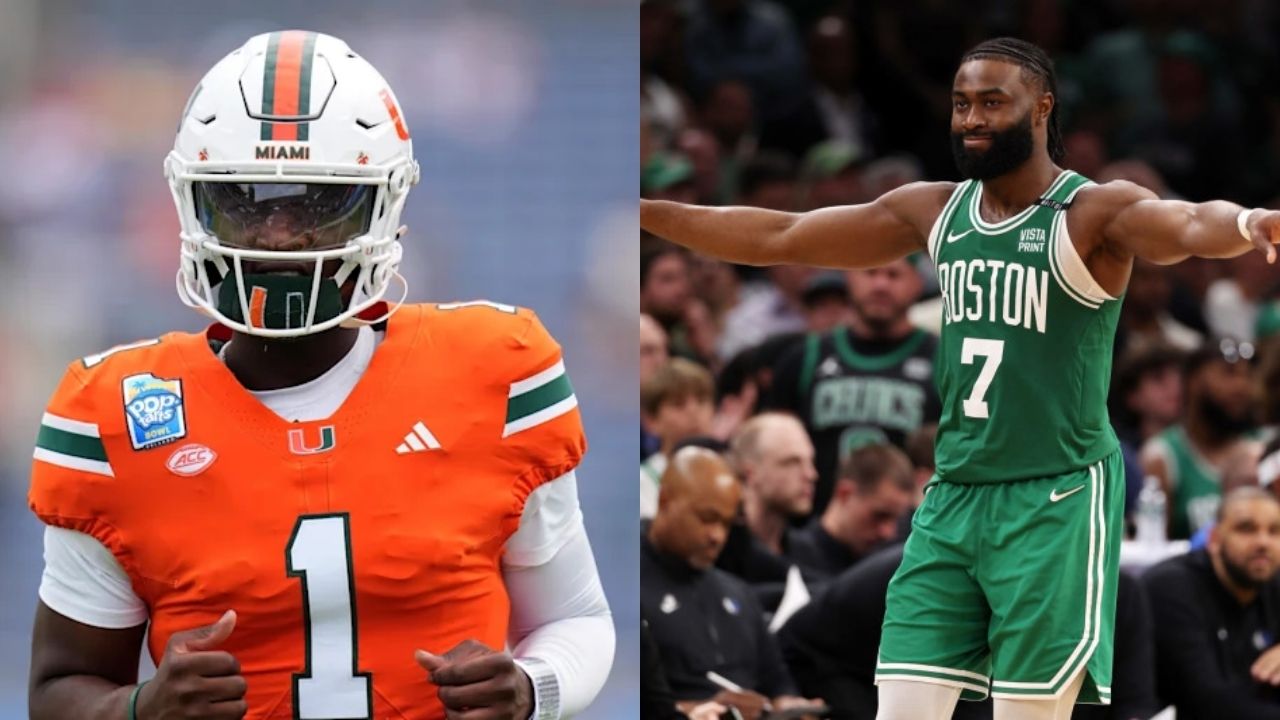
Cam Ward became the first overall pick at the 2025 NFL Draft while Jaylen Brown was the 2024 NBA Finals MVP (Images via BR/WKRG)
🔍 Explore this post with:
The American sports market, comprising Canada and the United States, has four major franchise-based leagues in four different sports. While Major League Baseball and the National League hold a small majority of the nation’s eyeballs, the National Football League and the National Basketball Association fight it out constantly to reign supreme over one another.
In light of the constant fight for national attention, there’s a new piece of information painting a whole new angle to the consumer perspectives. The National Football League normally runs from the latter half of the year and bleeds into the first two months of the next year. The league, taking place over eighteen regular season weeks and somewhat four more in the playoff season, now holds more viewership in its draft stream than the average viewership of the NBA finals.
As per some reports, there were 13.6 million average viewers for the first day of the NFL Draft 2025. The NBA Finals of last year only drew 12.2 million peak average viewers. Furthermore, according to Adam Schefter, Green Bay drew 600,000 attendees over three days, matching last year’s turnout in Nashville, Tennessee. The stark divide has alarmed basketball fans while the football households get one more stat to rack up in timely family fights about which sport to play on the remote.
Insane: The First Round of the NFL Draft had more viewers than the MOST WATCHED NBA Finals game last year.
— Dov Kleiman (@NFL_DovKleiman) April 27, 2025
The NFL is KING 👑
(via Ig/pickinem) pic.twitter.com/xgviVwdbgv
The 2025 NFL Draft had no heightened attention as Cam Ward was almost confirmed as the first overall pick way ahead of the draft. There were a very few number of known draft hopefuls with shining college reviews. Travis Hunter, one of them, went second overall to the Jacksonville Jaguars. However, there was a close eye on Shedeur Sanders.
Sanders had a big reality check on draft day one as he was skipped by many franchises. As soon as the New Orleans Saints also passed on him, it was quite the ride to see which team Sanders now land with. It could have generated a huge number of people to watch the draft on day one.
The North American Big Four all face viewership troubles
The 2024–2025 sports calendar reflected a consistent decline in television ratings across North America. Despite heavy investment in media rights, several leagues had reported audience erosion throughout the year.
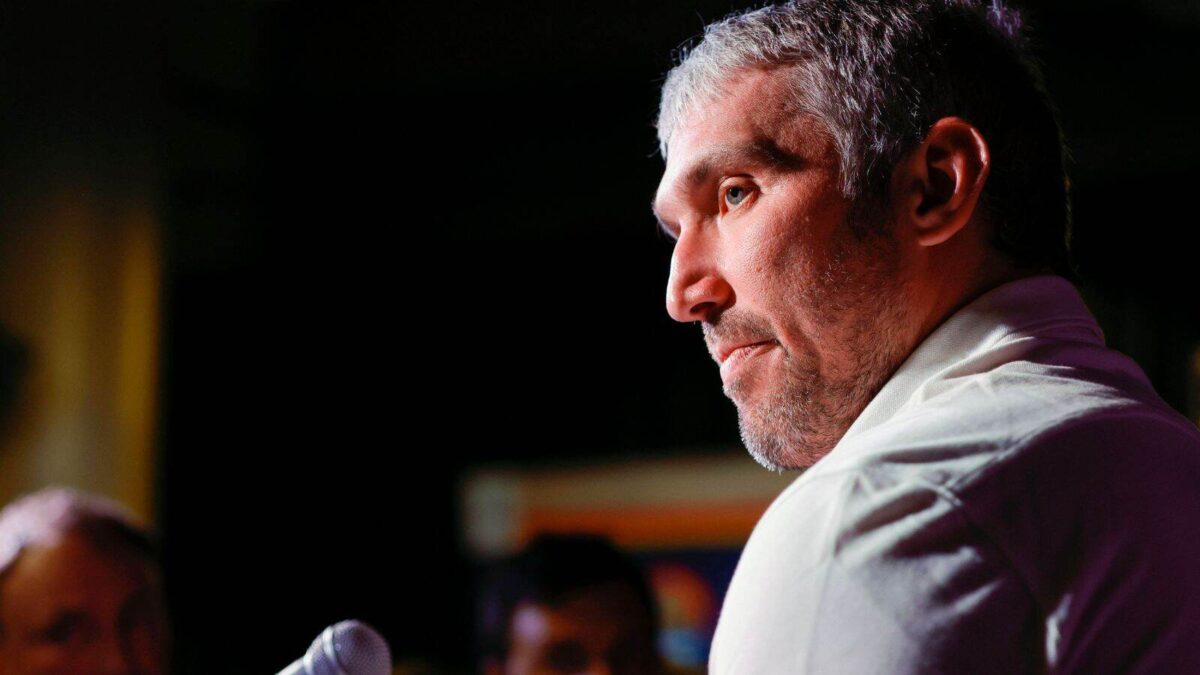
Analysts had attributed the steady dip to industry-wide challenges, including cord-cutting and increased competition from streaming platforms.
The NBA had averaged 1.53 million viewers across ABC, ESPN, and TNT, representing a 2% year-over-year drop. The NFL similarly had seen a 2% decline in regular-season ratings compared to the previous year. Meanwhile, the NHL experienced a sharper viewership fall, despite notable events like the 4 Nations Face-Off and Alexander Ovechkin’s record-setting season.
In the NBA’s case, individual network performances varied sharply throughout the season. TNT had registered an 8% decline, while ESPN-exclusive games fell by 7%. Only ABC saw gains, pulling in 2.68 million viewers per game, a 10% increase compared to last season.
“Christmas Day was a critical inflection point for the NBA,” a source told Front Office Sports regarding the temporary ratings surge.
The NFL, despite the drop, remained the dominant ratings force, particularly during its playoff broadcasts. Yet, the NHL’s difficulties emphasized the broader structural challenges facing traditional sports broadcasters. Industry experts believed that the shift to streaming services like Prime Video and Peacock would further fragment future viewership numbers across all leagues.
Moving forward, the impact of massive media rights deals, such as the NBA’s $77 billion agreement with ESPN, NBC, and Amazon, remained uncertain.
Networks hoped that expanded access and hybrid broadcast-streaming models would stabilize or even reverse these declines. However, the accelerating migration away from linear television suggested tougher challenges ahead for traditional sports consumption patterns.

